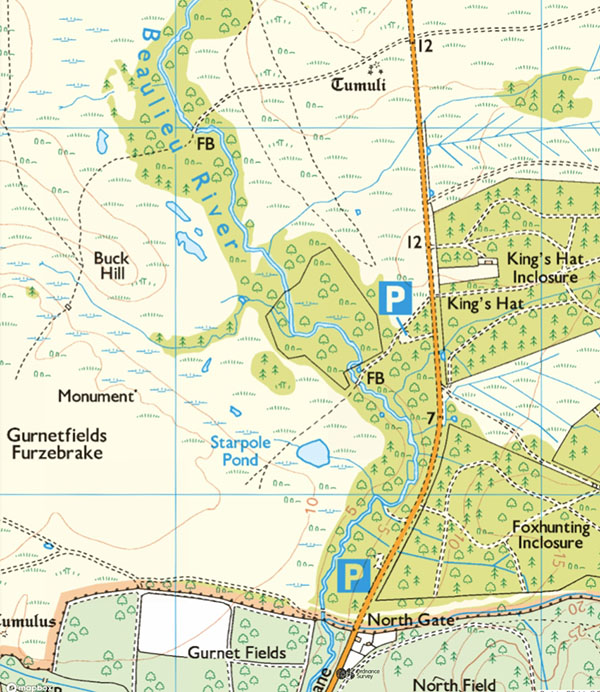BBS Southern Group meetings
The British Bryological Society’s Southern Group meets about once a month during October to March to record bryophytes in Hampshire and occasionally parts of neighbouring counties, including the Isle of Wight, Dorset and West Sussex (often combining forces with our neighbouring groups). Because some meetings are arranged at short notice and may be cancelled due to bad weather we operate an email contact list for the group, so please get in touch if you would like to be put on this list to receive advance notification of meetings. Beginners are welcome. Meetings start at 10.00 or 10.30 (check details before attending), end at around 3–4 pm and usually take place on weekends. Wellington boots (as well as rainproofs, food, drink, etc.) are advisable for most meetings but stout walking boots may be preferable for those on dry or hilly ground. Don’t forget to bring a hand lens. If you are coming to a meeting for the first time, please take a moment to read the BBS health and safety information.
Winter 2025/26 NEXT MEETING
Beaulieu River, King's Hat, New Forest (VC11), Sunday 14 December 2025 (10am start) - NOW CANCELLED DUE TO RAIN BUT MAY RESCHEDULE IN 2026
Leader: John Norton. The New Forest supports some extensive stretches of ancient alder woodland along the floodplains of the main rivers, much of which has never been properly explored by bryologists. This important habitat is threatened by the possibility of unofficial beaver reintroductions, climate change and potentially tree diseases, so now would be a good time to undertake some survey work to better understand its bryology. There is a good chance of finding new colonies of the European Vulnerable Pallavicinia lyellii which occurs on the river 4km upstream and no doubt there will be good diversity of other liverworts in the humid environment. If it turns out that the woodland is not particularly exciting we can spend more time looking at the adjacent wet heath and pond habitats.

Meet at King's Hat car park, SU386054, at 10.00 am. We will aim to explore the area either side of the footbridge (SU38490530) and then walk north through the wood or up the west side to the crossing at SU38020599. Wellingtons essential. Please book with John Norton beforehand. The going might be treacherous, especially if there has been a lot of rain, so we will need to keep together in close proximity.
REPORTS OF PAST MEETINGS
Summaries of past meetings are included in the downloadable Flora News bryophyte reports. Fuller reports of some recent meetings have been posted on the BBS website (click on Events and under Categories: Local, Southern Group full link).
